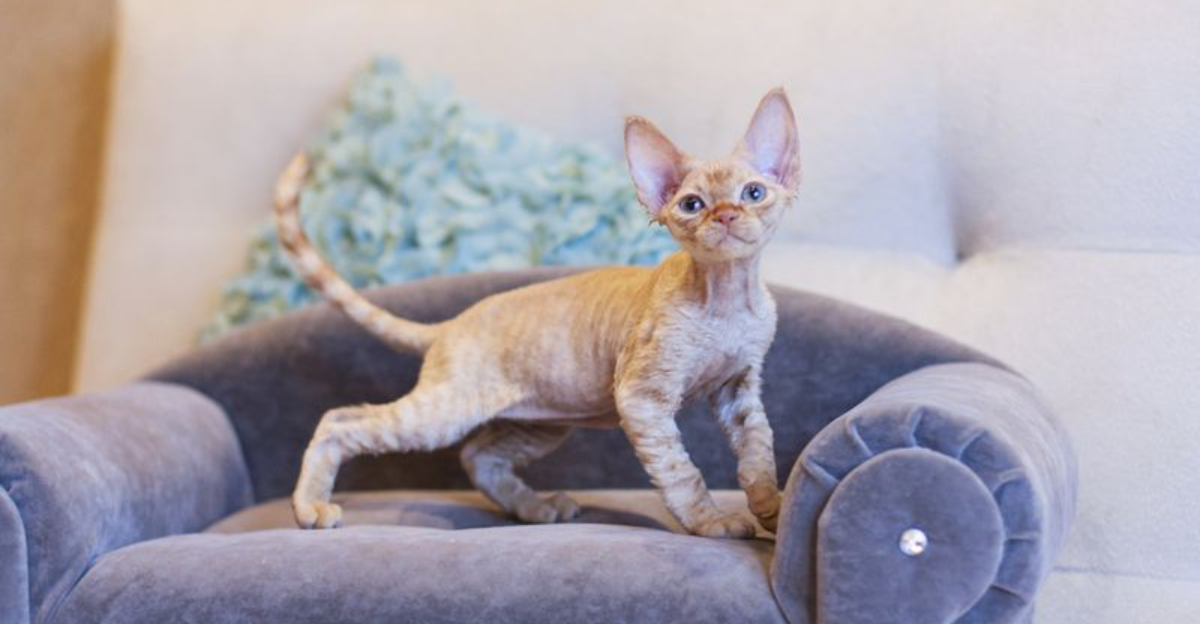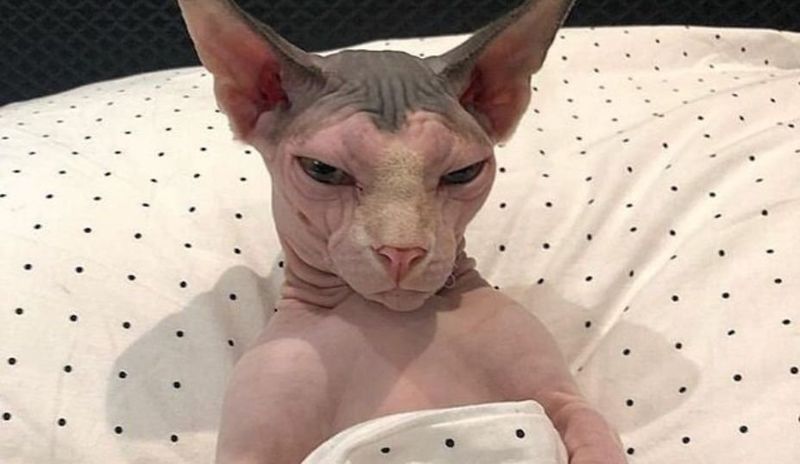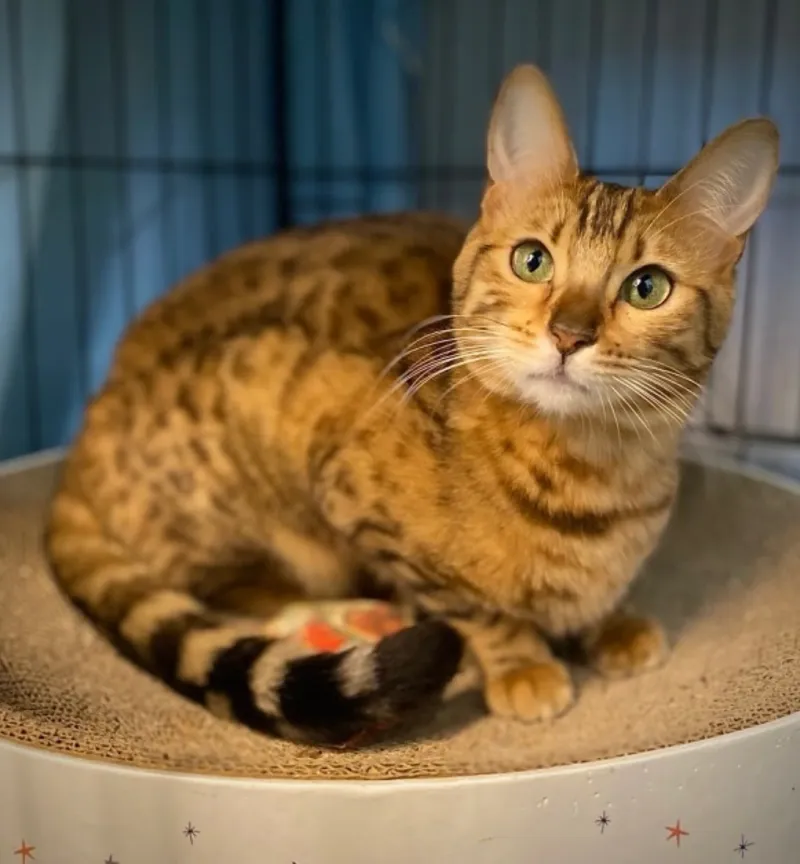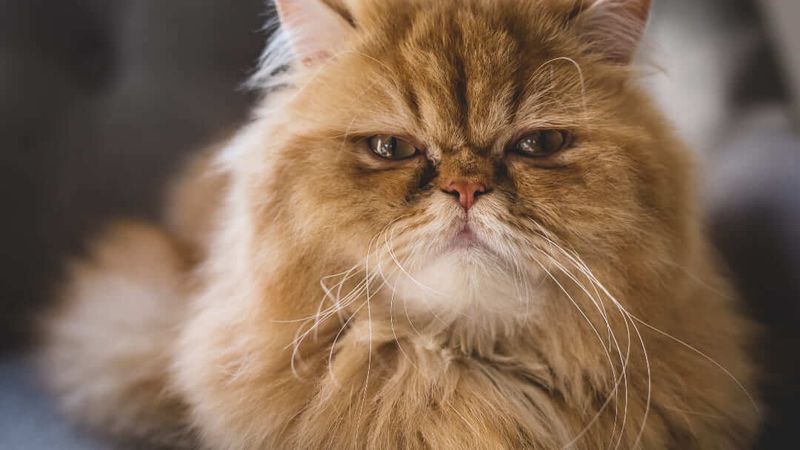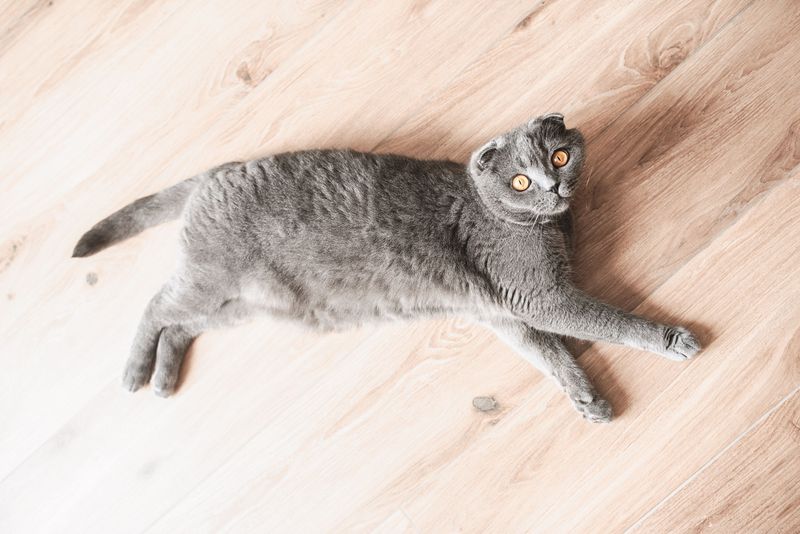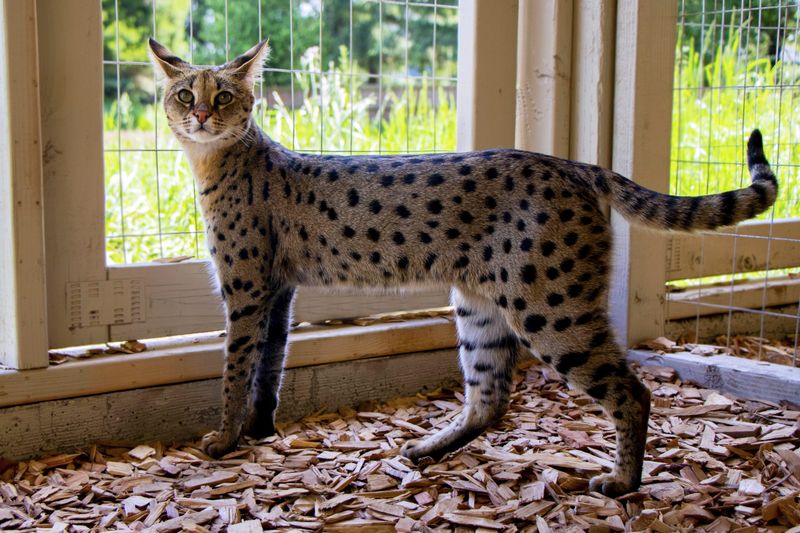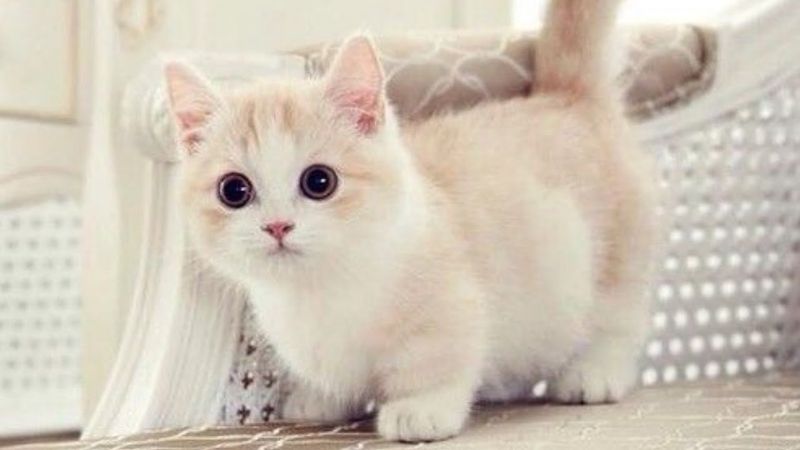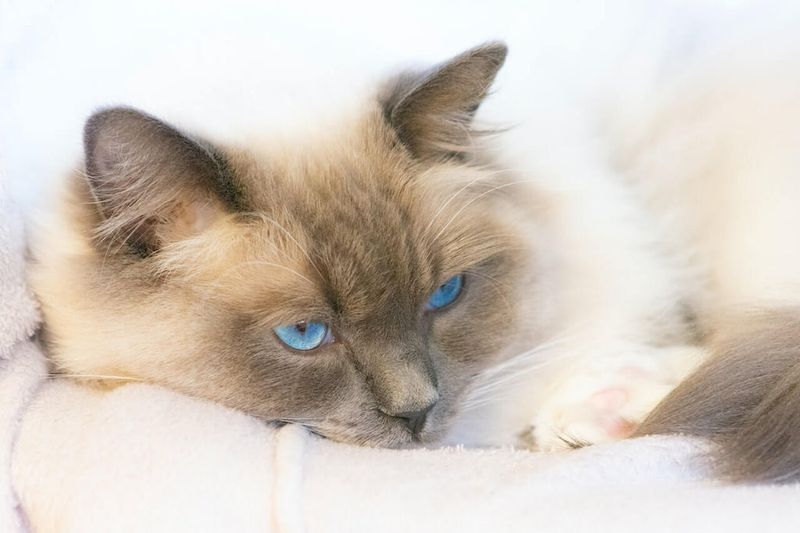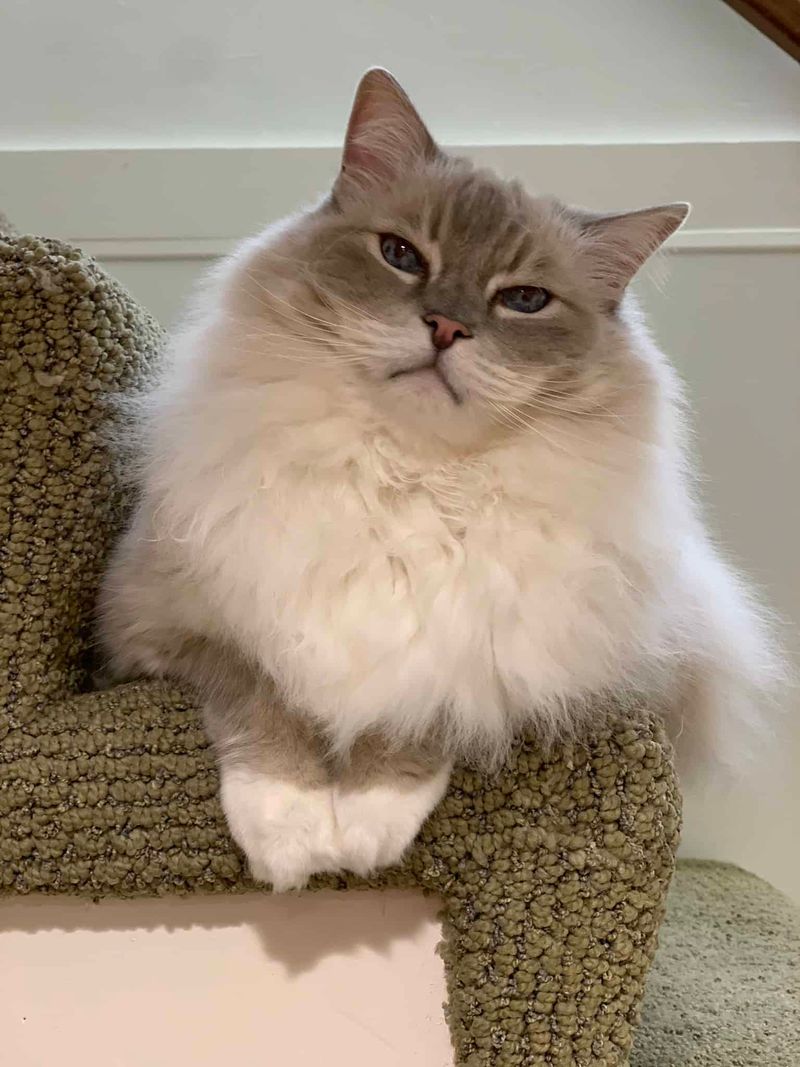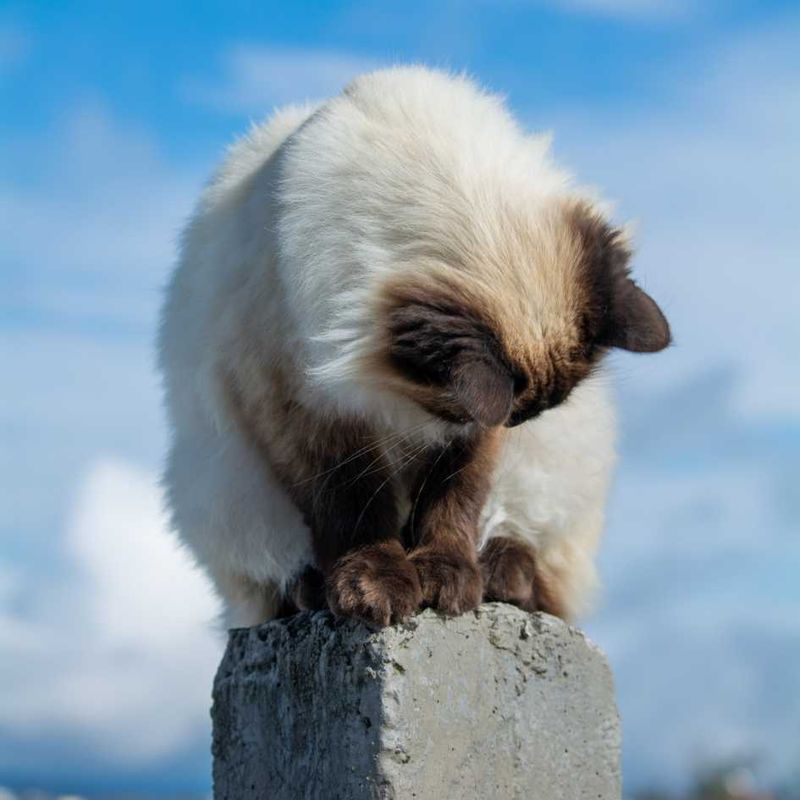📖 Table of Content:
Cats are beloved companions, but not all breeds suit every household. Certain breeds have unique needs that require extra care or attention, which can make them challenging for the average pet owner. It’s important to understand the traits and requirements of different breeds before deciding which one is the best fit.
Some cats have specific health issues, behavioral traits, or grooming needs that may be difficult to manage for those without experience. These breeds can demand more time, energy, and financial investment than others. Knowing what to expect ahead of time helps ensure a successful and harmonious relationship with your new feline friend.
Choosing the right cat breed depends on factors like living space, time availability, and willingness to meet a cat’s needs. While many cats make wonderful pets, some might not align with your lifestyle. Being informed about the challenges some breeds present allows for a better decision when bringing a new pet into the home.
1. Sphynx
Hairless doesn’t mean maintenance-free. Sphynx cats require weekly baths to remove body oils that normally absorb into fur. Without this grooming, they develop a sticky, greasy residue that attracts dirt and clogs pores. These cats need constant temperature regulation since they lack insulation.
Many owners keep sweaters for their Sphynx or maintain higher home temperatures year-round, increasing utility bills substantially. Their exposed skin burns easily in sunlight and is prone to acne, rashes, and other dermatological issues. Veterinary bills often stack up with this breed, making them financially demanding pets despite their adorable, wrinkly appearance.
2. Bengal
With wild roots from Asian leopard cats, Bengals sport striking spotted coats, along with a flair for unpredictable behavior. Their high energy keeps them climbing curtains, leaping onto shelves, and checking every cabinet unless entertained regularly. These vocal cats are known for persistently meowing when seeking attention from their owners.
Many owners find this communication charming at first, but exhausting over time. Their intelligence works against casual pet owners—Bengals figure out how to open doors, turn on faucets, and outsmart childproof locks. Without proper outlets, they develop destructive habits that can transform a home into a disaster zone.
3. Persian
The distinctive flat-faced structure of Persian cats can lead to chronic respiratory issues. These cats are more susceptible to infections, struggle during physical activity, and have difficulty regulating body temperature. Their dense fur requires daily brushing and regular grooming to prevent painful matting.
Owners who skip even a few days often face painful mats that must be cut out. Eye care presents another challenge. Their facial structure causes excessive tearing that creates dark stains and skin irritation if not wiped multiple times daily. Additionally, many Persians develop polycystic kidney disease, leading to costly veterinary treatments throughout their lives.
4. Scottish Fold
The adorable folded ears that make Scottish Folds famous come at a painful price. These cats suffer from cartilage abnormalities that affect more than just ears—their entire skeletal system develops incorrectly. By age two, many Scottish Folds show signs of painful arthritis. Their joints thicken, limbs stiffen, and tails become rigid and sensitive.
Walking becomes increasingly difficult as they age, with some cats barely able to move comfortably in later years. Ethical concerns surround this breed since their defining characteristic directly causes suffering. Veterinarians often recommend against purchasing these cats to avoid supporting breeding practices that perpetuate genetic disorders. Their medical needs frequently require specialized care and pain management throughout their lives.
5. Savannah
Savannahs carry wild serval blood, creating legal problems in many areas. Some states and countries classify them as exotic animals, requiring special permits or banning them entirely. Moving homes becomes complicated when crossing jurisdictional boundaries. Their size intimidates other pets. F1 and F2 Savannahs (those closest to their wild ancestors) can weigh up to 25 pounds and stand tall enough to reach kitchen counters without jumping.
This makes them capable of dominating—or terrorizing—other household animals. Financial commitment extends beyond the initial $20,000+ purchase price for early generation Savannahs. They require specialized diets, reinforced furniture, and homes modified to accommodate their jumping ability, which can exceed 8 feet vertically.
6. Munchkin
The genetic mutation that gives Munchkin cats their short legs also creates lifelong physical challenges. Basic feline behaviors like jumping, stretching, and grooming become difficult or impossible. Over time, many suffer from mobility issues and early-onset arthritis.
Their spines compensate for the abnormal leg structure, leading to back problems similar to those seen in dachshund dogs. Ethical controversies surround this breed, with many veterinary organizations opposing their breeding. The International Cat Association recognizes them, but the Cat Fanciers’ Association refuses to acknowledge Munchkins due to welfare concerns. Their health problems often result in shortened lifespans and reduced quality of life.
7. Siamese
These vocal felines rarely stay quiet, often “talking” at full volume throughout the day and night. It’s not unusual for owners to be woken repeatedly by their cries for attention. Their emotional sensitivity can trigger excessive grooming or territorial spraying if their environment becomes unstable.
Something as simple as moving furniture can trigger anxiety responses. Health concerns plague modern Siamese cats. Breeding for extremely slender bodies and wedge-shaped heads has increased their risk of respiratory issues, heart problems, and progressive retinal atrophy leading to blindness. Their high intelligence combined with neediness creates cats that require more emotional maintenance than many busy households can provide.
8. Ragdoll
The extreme docility of Ragdolls means they often lack the instincts other cats use to stay safe. They may not land properly when falling and are at higher risk of injury as a result. Combined with a genetic predisposition to health problems, this breed requires extra care and caution.
Hypertrophic cardiomyopathy (heart disease) affects many Ragdolls, sometimes causing sudden death even in young cats. Their large size also contributes to joint problems as they age. Grooming requirements exceed many owners’ expectations. Their semi-long fur tangles easily, especially in friction areas like armpits and behind ears. Matting becomes painful without regular brushing, and their thick coats make them extremely heat-sensitive, requiring air conditioning during warm weather.
9. Devon Rex
Though Devon Rex cats are adored for their quirky appearance, their health can be fragile. Dental complications often emerge early due to structural issues with their jaws. Their thin, breakable fur leaves skin vulnerable to sun exposure, irritation, and allergic flare-ups.
Regular bathing becomes necessary to manage skin oils. Their metabolism runs extremely high, requiring more food than similarly sized cats while still appearing underweight. This creates feeding challenges, as owners must provide multiple meals daily while carefully monitoring weight. Their thin bodies also make them unusually cold-sensitive, necessitating sweaters or heated beds year-round.
10. Himalayan
Himalayans combine the worst health problems of Persian and Siamese cats. Their flat faces cause breathing difficulties, while their genetic makeup predisposes them to kidney disease, heart conditions, and respiratory infections that require expensive veterinary care. Grooming becomes a daily battle with these cats. Their long, thick coats mat severely without constant attention, especially around the collar area and hindquarters.
Many owners resort to keeping them partially shaved to manage the maintenance. Temperature regulation challenges plague this breed. Their thick coats make hot weather dangerous, yet their extremities (the colored points) get cold easily. This contradictory nature means owners must maintain perfect home temperatures year-round, making travel with these cats nearly impossible without risking their health.
